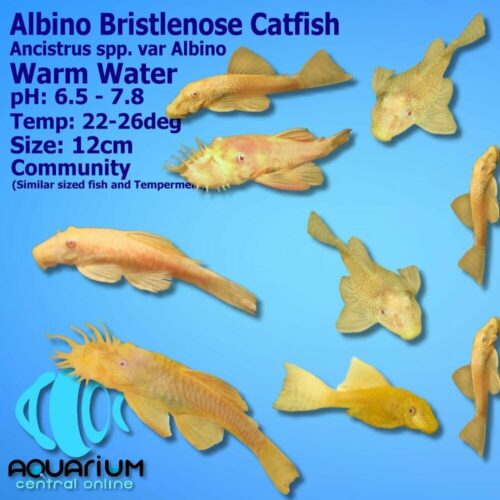Conversion Rate: $1.00 = 10Points
Axolotls are prehistoric looking creatures that are native to Mexico but which do perfectly well in aquariums as pets. Related to salamander, axolotls are frequently called Mexican Walking Fish referring to their four small legs and fish-like tail but they are not fish, they are in fact amphibian.
An adult axolotl has an almost grotesque appearance that ‘only a mother could love’ with a long sleek fish-like body with four short, stubby legs and three pairs of feathered gills at the back of its head. An axolotl doesn’t have scales but instead smooth, soft skin which is very sensitive so should not be handled any more than necessary.
In captivity, axolotls occur in various colours including cream, grey, brown, white albino, near black and white with black eyes.
Unlike other amphibians that undergo metamorphosis from egg to larva (such as tadpoles) and finally to an adult form as in the case of a frog, axolotls remain in their larval form throughout their life meaning they keeps their gills and fins.
Axolotls have the amazing ability to re-grow body parts such as their back legs or tail and even parts of their brain or heart that are lost or damaged. They are fairly hardy and can be expected to live for 10 to 15 years.
Axolotls exchange air through their moist skin so do well outside of water for short periods so long as their skin remains wet. When in the water, water passes through the gills of the axolotl allowing it to take in oxygen though from time to time they come to the surface to take a gulp of air.
Axolotls do very well in a filtered aquarium but should not be housed with fish which may bite the axolotl’s gills causing damage. For one axolotl, the aquarium should be at least 45cm long. Two axolotls of about the same size can be kept in the same tank providing there is enough room for them both to move about but it’s important to remember that each can grow from 18 to 30cm.
As with fish, the tap water used to fill the tank should be treated with water conditioner to remove chemicals and the pH of the water should be kept at 6.5 – 7.5 to maintain the integrity of the delicate skin. Remember to replace 20% of the water each week.
The water depth should be at least 15cm deep and needs to be kept at between 14 and 20°C. If the water gets too cool the axolotl will become sluggish and eat less frequently and if too warm it will become stressed. A standard aquarium heater set at 18°C is ideal for an axolotl tank.
Axolotls have a bad habit of getting gravel into their mouth and swallowing it so if pebbles or gravel are used as the substrate, each piece must be very large to prevent this problem. This will need to be cleaned with a ‘gravel vacuum’ every now and then as axolotls can be quite messy.
Ordinary aquarium lighting is usually fine for axolotls as they don’t have specific needs but they can be sensitive to sudden light changes such as turning on the light in a dark room. Plastic or live plants, pipes, pots and caves give axolotls somewhere to hide and also make the tank look more interesting.
Axolotls are carnivores so they need a meat-based diet. Their teeth are not made for biting or tearing so they swallow their food whole so anything that they are offered must be able to fit in their mouth. They will eat live or dead food but feeding live food occasionally will provide them with a great reason to ‘snap’.
Sinking axolotl pellets are by far the easiest way to feed these amphibians but earthworms are also a good food source though they need to be raised organically to reduce the ingestion of chemicals. Frozen bloodworm cubes are also useful for both adults and young axolotl as are brineshrimp which make a good occasional treat. Mealworms can also be fed but the hard exoskeleton of these insects is indigestible to the axolotl and may clog the filter. Animal meat such as beef heart should be a very rare treat.
Only feed the axolotl the amount that it will eat in one meal and remove all leftover food so that the water stays clear.
- Species – Ambystoma mexicanum
- Common Name – Axolotl (BLACK)
- Origin – Mexico
- Diet – omnivore
- PH Range – 6.5 – 7.5
- Temperature – Cool 14°c – 20°c
- Breed Type – Egg Layer
- Current Size – approximately 15cm (Grows up to approximately 30cm)
- Sex – Un-sexed
| Weight | 1 kg |
|---|---|
| Dimensions | 5 × 5 × 5 cm |



































Reviews
There are no reviews yet.